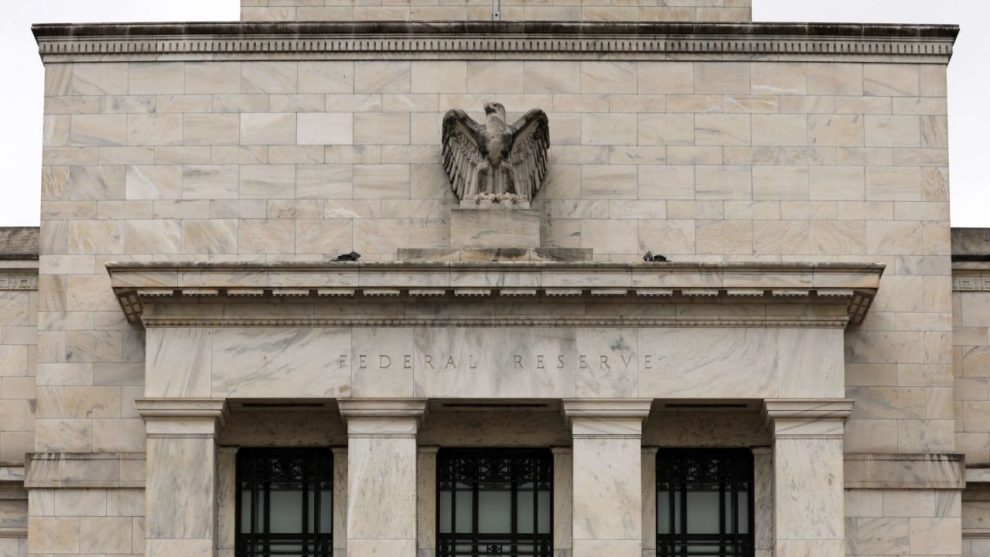() – Over the past two years, the U.S. economy has purged inflation from nearly every sector except the housing market, which remains crippled by high prices and chronically low supply.
But the measure that could help solve the U.S. housing affordability crisis could make it worse. To understand why, let’s look at how we got here.
At the heart of the housing puzzle is an imbalance between supply and demand. It’s basic economics: There are more people willing to buy than there are homes for sale. This was true even before the pandemic hit and sent demand soaring. The market had become nearly impenetrable after mortgage rates went from historic lows in 2020 to their highest levels in a generation last year.
When the U.S. Federal Reserve (the “Fed”) almost certainly begins cutting interest rates on Wednesday, it should, in theory, shake up the market.
But much depends on how aggressively the central bank moves to lower borrowing costs across the board.
A half-point rate cut — which seems unlikely but not out of the question — would send a signal to the market that the Fed is serious about reversing the “lock-in” effect that makes homeowners with low-interest mortgages reluctant to sell in a high-interest-rate environment.
If the Fed backs off as aggressively as it raised rates, borrowing costs would fall, creating a flood of existing housing inventory and taking some pressure off prices.
“As counterintuitive as it may sound, in this post-pandemic cycle it would be an unmitigated good,” Daniel Alpert, managing partner at Westwood Capital, tells me. Lower homeownership costs also push people out of the rental market, and that in turn drives down rents, which Alpert calls a “Goldilocks scenario.”
But a slower, more gradual easing might not do much to encourage homeowners — especially those who got those sub-3% mortgages from early in the pandemic era — to move. This is especially true when U.S. home prices remain at record highs.
That’s part of the supply problem.
The Fed can’t build houses, but it can — by indirectly influencing mortgage rates with its benchmark rate — make the prospect of selling more attractive for homeowners. Market anticipation of a rate cut at the Fed’s September meeting already pushed mortgage rates down to 6.2% last week, from 6.7% in early August.
“If the Fed takes a more dovish turn, I think we could go down to around 6%,” Daryl Fairweather, chief economist at Redfin, tells me. “And I think if we even go down to 5.9%, that would be really psychologically shocking to the housing market. I don’t think that would bring us back to the inventory that existed before the pandemic. But it could get a lot of people out of indecision.”
If the Fed cuts interest rates it would be positive for Latin America, says expert
Meanwhile, prospective buyers — and those who have purchased a home in the past two years — are clamoring for any relief they can get. The current average mortgage rate of 6.2% is, of course, preferable to last year’s peak of 7.8%, a difference that could translate into hundreds of dollars in monthly payments.
All of this brings us to the potential unintended consequences of the Fed’s actions this week and in the coming months. By solving the demand side of the equation without fixing the supply problem, the Fed may end up exacerbating the housing affordability problem it purports to solve.
As my colleague Samantha Delouya wrote this week, a drop in mortgage rates could be a double-edged sword.
“It’s one of those things where you have to be careful what you wish for,” said Greg McBride, chief financial analyst at Bankrate. “A further drop in mortgage rates could bring increased demand that makes it harder to actually buy a home.”














Add Comment